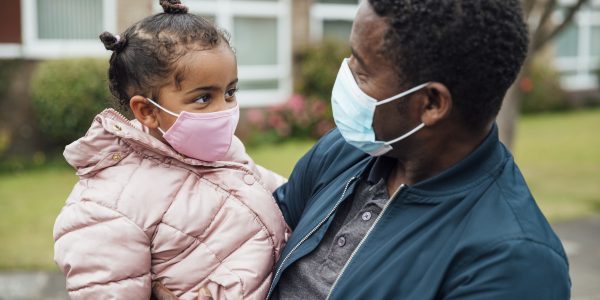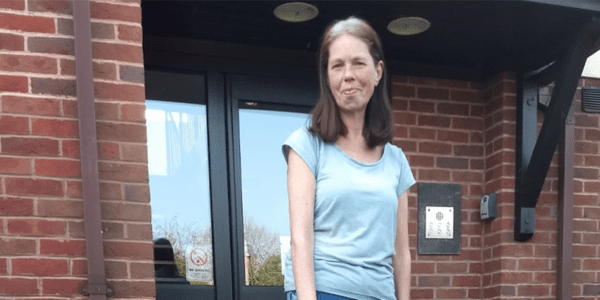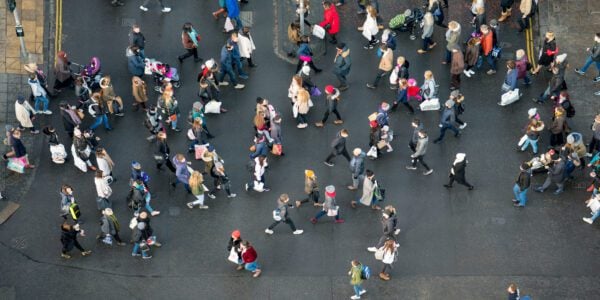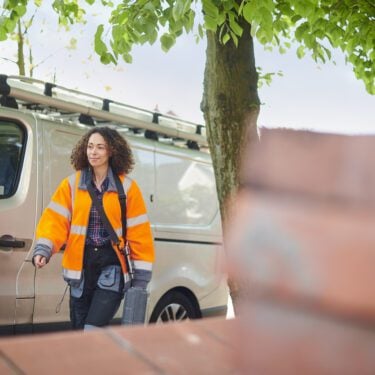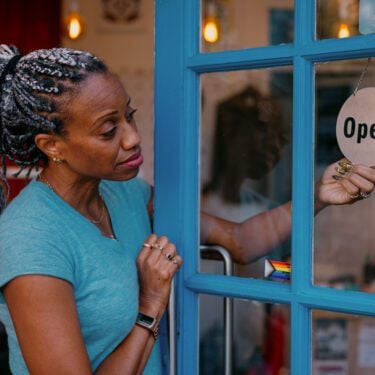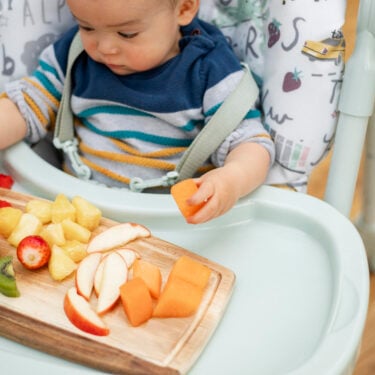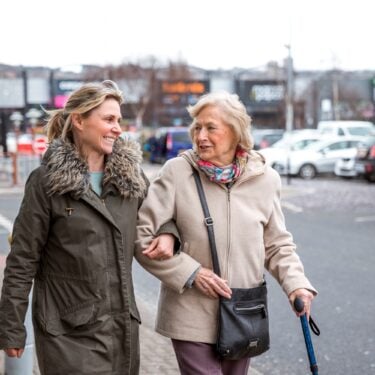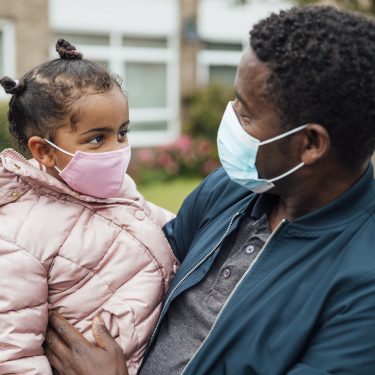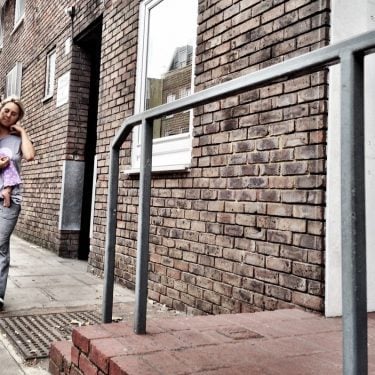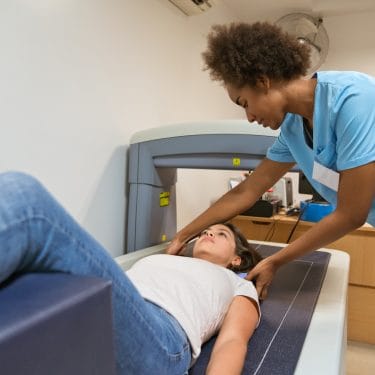
10/02/22
4 min read
An ageing population and more expensive healthcare are set to increase public spending by £76 billion a year by the end of the decade, and a new approach will be needed to manage these extra costs as previous approaches of shrinking defence spending and raising National Insurance are likely to run out of road, according to new Resolution Foundation research.
Under pressure – the 14th report for The Economy 2030 Inquiry with the LSE, and funded by Nuffield Foundation – examines the fiscal pressures that governments will face during the 2020s, and how the UK has addressed such pressures in the past via changes to the size and shape of the state.
The report notes that demographic change – from both an ageing society and the retirement of the baby boomer generation – will drive much of the £24 billion a year increase in spending on the State Pension between now and 2030.
Combined with rising healthcare costs – including from new treatments and higher rates of ill health – demographic change is also set to increase healthcare spending by around £52 billion a year by the end of the decade.
Higher spending on pensions and health could push the size of the UK state to 44% of GDP by 2030, approaching the size of Germany’s pre-COVID state (45% of GDP).
New spending pressures from net zero transition
The report adds that the UK also faces a fresh spending pressure during the 2020s from its net zero transition, where additional public investment required may cost around £14 billion a year by 2030.
The fiscal impact of the net zero transition will also be seen in lost tax revenues, says the report.
It finds that if adoption of Battery Electric Vehicles takes place as quickly in the UK as it has done in Norway since 2018, tax revenues from fuel duty from cars alone will fall by £8 billion by the end of the decade, almost twice as fast as figures implied by the government’s targets for electric vehicle adoption by 2030.
Public spending pressures are not new to Britain, the authors say, noting that over the past seven decades combined spending on social security, health, and education have more than doubled – from 11 per cent of GDP in the mid-1950s to reach an expected 23% in 2024-25.
In the past, the UK has partly navigated these pressures for a bigger welfare state by reducing other areas of public expenditure. Defence spending has shrunk from 8 to 2% over this period, while major cuts to government investment have been common. But the size of the state has also expanded, from 38% of GDP post-war to around 42 per cent today.
A larger state in recent decades has required taxes to rise too – from 28% of GDP in 1993 to 36% by 2026. Increases in National Insurance (NI) have taken centre stage, accounting for the entirety of rising taxes on income this century, and continuing the post-war pattern that has seen NI more than double since the war (from 3 to 7% of GDP).
Tax must be collected efficiently and fairly
However, the report warns that simply repeating these strategies to manage the £76 billion fiscal headwind coming in the 2020s is either unwise, such as cutting investment spending at a time when the net zero transition must be accelerated; politically toxic, such as ending the NHS’ free at the point of use principle; or undesirable, such as further NI increases.
The Resolution Foundation notes that avoiding a period of weak growth and relative economic decline is crucial, with slow economic growth post-financial crisis having effectively reduced the UK’s current spending envelope by £200 billion a year relative to its pre-crisis growth path.
It adds that the pattern of further tax rises falling disproportionately on pay packets via National Insurance, as is the case with the recent Health and Social Care Levy, cannot be repeated. Governments overseeing a higher tax take should refocus on ensuring that tax is collected efficiently and fairly, including by exploring Britain’s booming, but under-taxed, level of household wealth, which has grown from three times national income in the early 1980s to almost eight times national income today.
Dan Tomlinson, Senior Economist at the Resolution Foundation, said:
“The swift demographic change that Britain will experience in the 2020s alongside rising health costs is set to increase public spending by £76 billion a year. We’ll all benefit from people living longer, healthier lives – as well as reducing our carbon footprint – but it will have to be paid for.
“Over the past seven decades we’ve expanded the NHS, the state pension and education spending, and managed those costs by shrinking the army and growing the size of the state on the back of higher National Insurance contributions.
“But we’re unlikely to be able to simply repeat that approach in future. We’ll need to tax income more efficiently and fairly, and find new sources of tax revenue such as from better taxing wealth.
“The recent row over the £13 billion Health and Social Care Levy – and the unsatisfactory answer of raising National Insurance contributions yet again – is small fry compared to some of the tax raising decisions that may be required later in the 2020s. When it comes to tax, more of the same is not the answer.”
Alex Beer, Welfare Programme Head at the Nuffield Foundation said:
“This report highlights the increasing pressures on public spending over the coming decade. In response, policymakers must resist knee-jerk cuts to expenditure that might put pressure on other areas of public spending in the future.
“If people are to have long-term security when it comes to their healthcare and pensions, then we need a holistic approach to fiscal policy that recognises the interdependencies of different areas of public spending and their consequences.”
